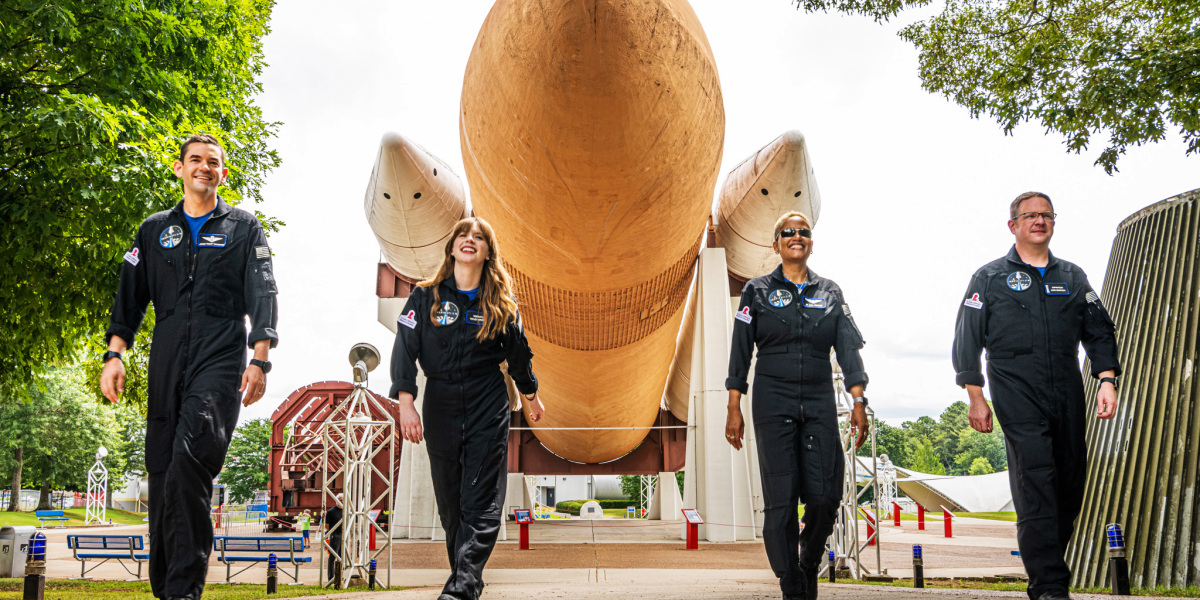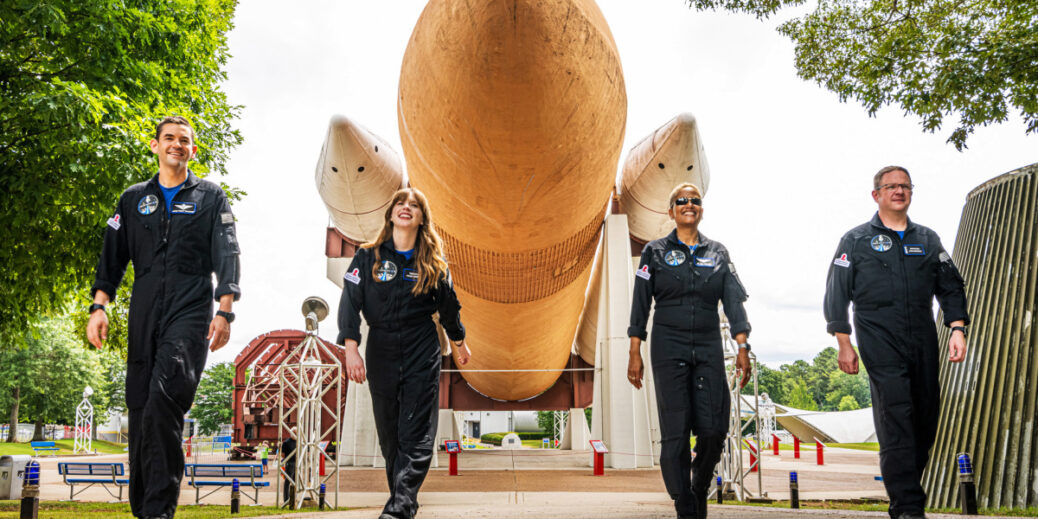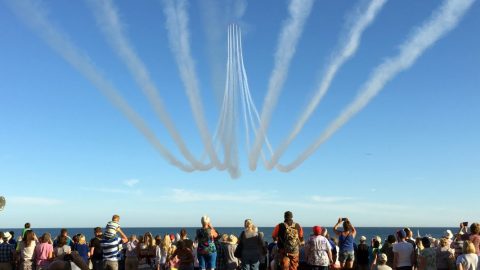
Rather than docking with the International Space Station (ISS) like SpaceX’s other crewed missions, the mission’s Crew Dragon spacecraft will instead remain in Earth orbit for three days under its own power The crew will eat, drink, sleep, and use the toilet within the confines of their spacecraft, named Resilience, which boasts about three times the interior volume of a large car. To keep them occupied, the docking port of the spacecraft, which would normally be used to connect to the ISS, has been converted into a glass dome, affording the crew glorious panoramic views of Earth and the universe beyond.
Beyond this, the goals of the mission are limited. There are some scientific experiments planned, but the most notable aspect of the mission is what will not happen. In particular, none of the crew will directly pilot the spacecraft. Instead, it will be controlled autonomously and with the help of mission control back down on Earth. That is not a trivial change, explains McDowell, and there are risks involved. “For the first time, if the automatic systems don’t work, you could be in real trouble,” he says. “What this shows is the increased confidence in the software and automatic control systems that allow you to fly tourists without a chaperone.”
All of this combines to make the launch of Inspiration4 an exciting moment in human spaceflight, albeit one that has been tentatively attempted before. In the 1980s, NASA had hoped to begin something similar—the Space Flight Participant Program, an effort to give various private citizens the opportunity to fly to space on the space shuttle. “It was felt that some of the astronauts were a little reserved in their descriptions of the flight,” says author Alan Ladwig, who led the program. NASA wanted people who could communicate the experience better and selected a teacher, a journalist, and an artist.
The program, however, came to a tragic end. Its first participant, Christa McAuliffe, a teacher from New Hampshire, died in the space shuttle Challenger explosion of 1986, along with the other six members of the crew. The program was canceled, and the space shuttle program as a whole stagnated. Experts once envisioned it would fly hundreds of missions a year, but only 110 more launches took place in the subsequent 25 years, until the shuttles were retired in 2011.
The majority of space travel will remain the remit of professional astronauts and the extremely wealthy for the time being. If you’re not rich, you will still be limited to applying for competitions or hoping for a ticket from a wealthy benefactor—perhaps not the glorious future of space travel many envisioned.
But Inspiration4 shows that opportunities for more “regular” people to go to space, though few and far between, are available. “It is a milestone in human access,” says space historian John Logsdon, professor emeritus at George Washington University’s Space Policy Institute. “In a very simplistic sense, it means anybody can go.”
You won’t be flying in a Pan Am space plane on your way to a giant rotating space hotel just yet, but who’s to say what the future might hold. “This is a brand-new industry in its infancy, and we’re seeing the first steps,” says Forczyk. “We don’t know how far it’s going to run.”





Recent Comments